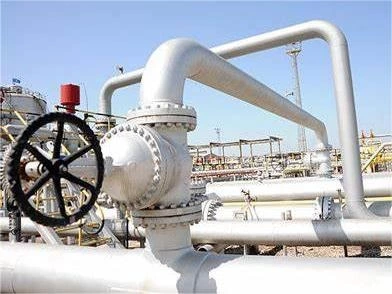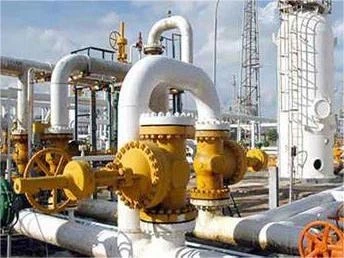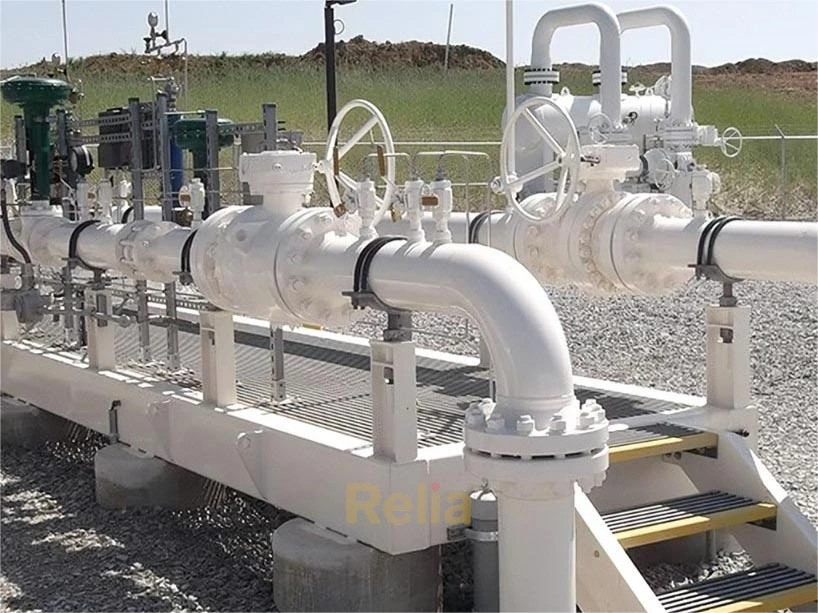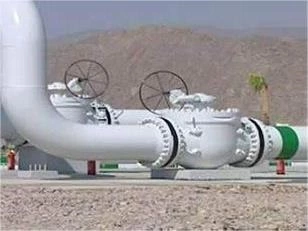Electric Actuators
Modern electric motor powered actuators allow local, remote, and hand operation and they are available for a variety of types of valves and sizes. They comprise a revisable electric motor, control box, gearbox, and limit switches. The main advantages of electric actuators are the smooth opera- tion, stability, very high torque values, and maintained thrust, because they are not subject to the problems of a compressible uid.
Electrical Supply
Motors for multi-turn and part-turn valves can be either single phase or dc power supplies. However, the three-phase motor is the most commonly used unit, because it is robust and easily controlled.
Environmental Protection
It is imperative that the electric motors used for actuators that will be installed outside and thus exposed to environmental conditions are constructed in such a way that no moisture or condensation can accumulate internally.
Gearing
Electric motors will supply high speeds that will require a large reduction gear ratio to convert to a lower, more realistic speed for valve operation. For part-turn valves, even lower speeds are required, which will require a further reduction.
Manual Operation
In the case of electric motor failure, provision can be made for manual handwheel operation. This handwheel is usually engaged by using a lever clutch that will automatically return to motor driven when the power supply is available.
Advantages
1. Electric motors run at high speeds that can be geared down to suit the required operating torques.
2. Owing to valve gearing, position stability can be maintained.
3. Electric motors can be integrated with process control systems.
4. Electric motors that have been adequately protected from the environment are “clean” and do not generate dirt or moisture.
5. Valves can be easily “hooked up” to the electric power supply. 6. No surplus energy to be dispersed.
7. The electric supply generates a stiff stroke that does not uctuate. 8. Compact in design.
Disadvantages
1. Expensive.
2. Complex in design and requires higher level of maintenance. 3. Stay put mode when there is a power failure.
4. Electric cables must be protected in a high temperature environment. 5. Electric power is not easily stored.
6. Electrical equipment must be protected from moisture.
7. Electric motors must be intrinsically safe in hazardous areas.
Summary
On the basis of the advantages mentioned above, electric motors are excellent actuators when accurate control of a process system is important. Care must betaken to avoid overestimating the potential power supply and selecting smaller and therefore cheaper units. Electric motors contain fewer moving parts, they require lower maintenance, and generally are energy efficient.



